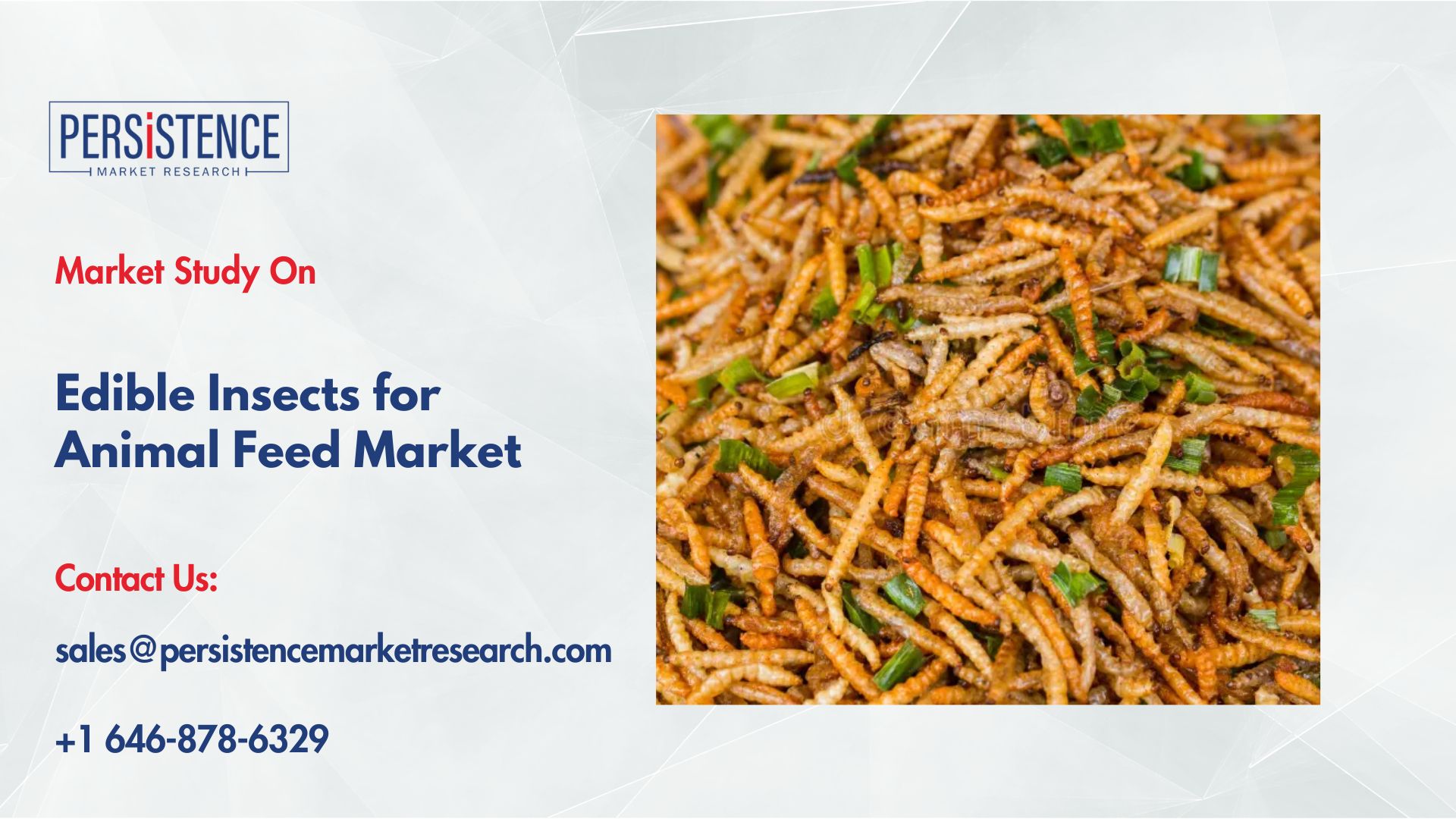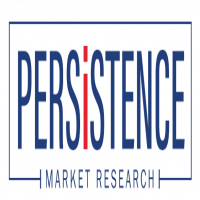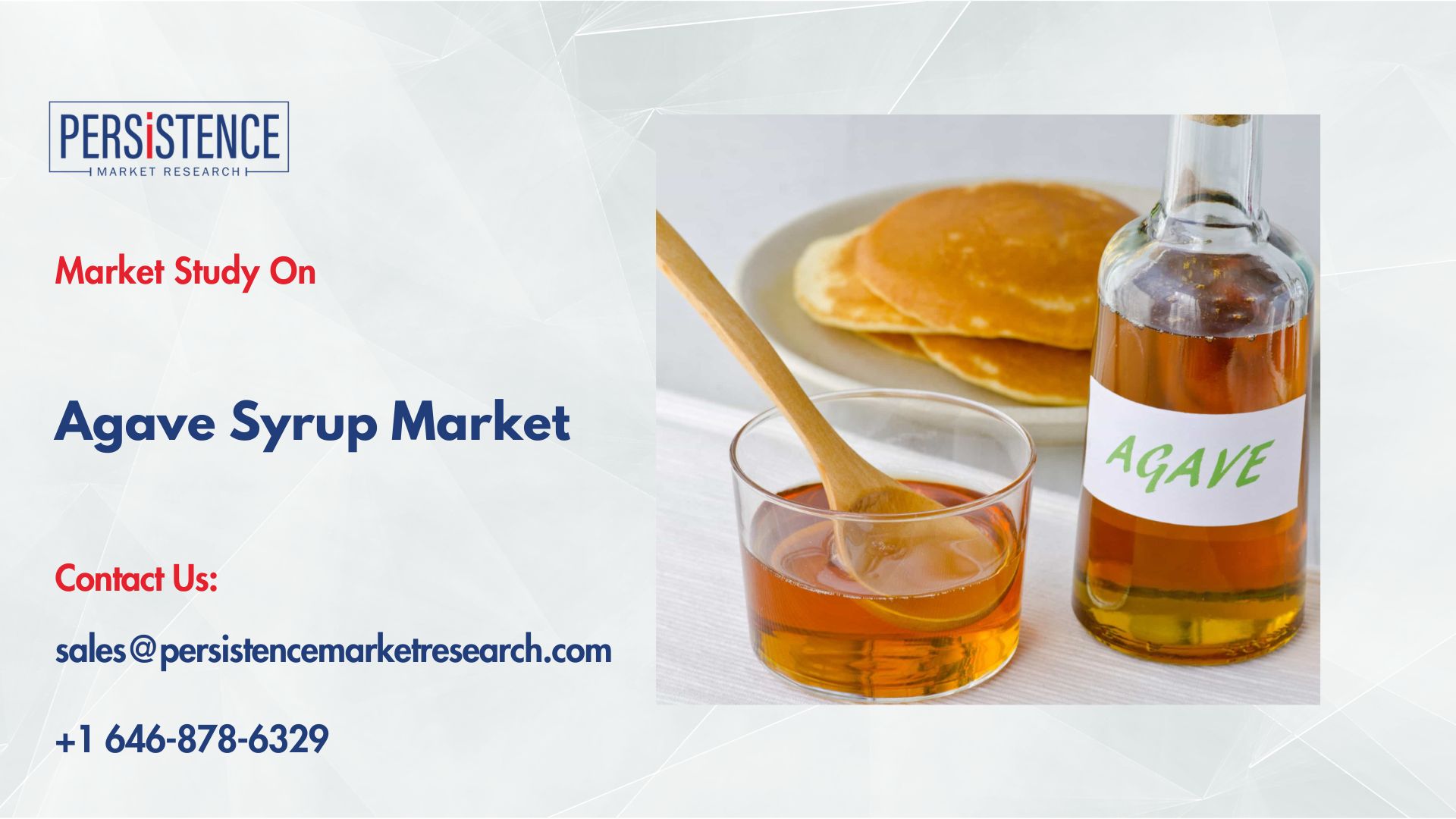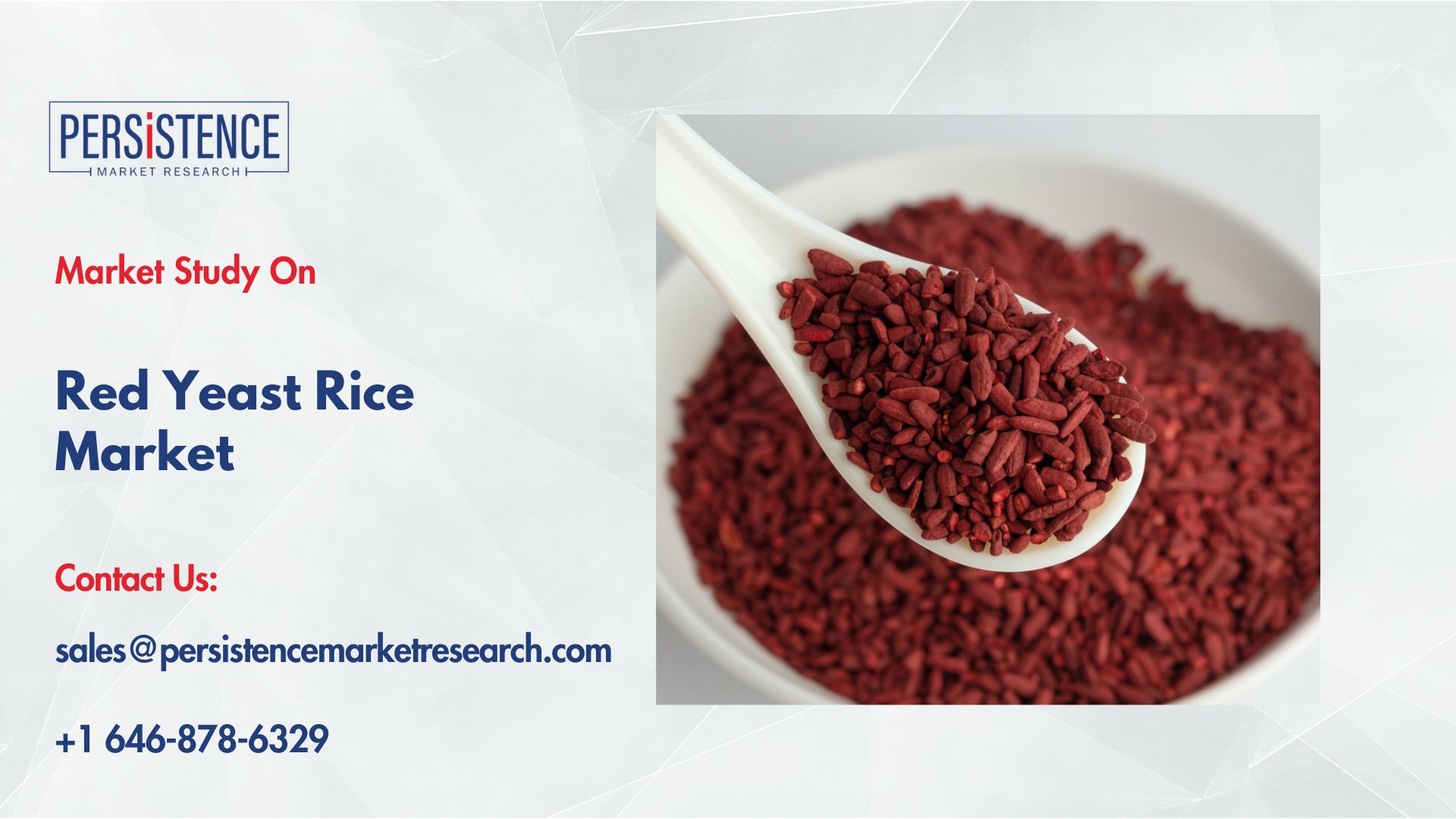Edible Insects for Animal Feed Market Faces Regulation Challenges but Finds Growth

Strong 8k brings an ultra-HD IPTV experience to your living room and your pocket.
As the global population surges and climate change threatens agricultural productivity, sustainable and efficient animal nutrition has become a priority. The global edible insects for animal feed market is positioned at the intersection of innovation and sustainability. Forecasted to grow from US$ 2,140.5 million in 2025 to US$ 5,323.3 million by 2032, at a CAGR of 13.9%, the market reflects the growing consensus that insect-based protein is a viable alternative to traditional animal feed ingredients such as soy and fishmeal.
Insects such as black soldier flies, mealworms, and crickets offer a renewable, protein-rich, and eco-friendly source of nutrition for livestock, aquaculture, and pet food. With regulatory progress, rising environmental awareness, and significant private and public investments, insect protein is transforming the future of animal feed.
Market Drivers: The Rise of Sustainable and Circular Agriculture
1. Preference for Alternative Protein Sources
Traditional feed ingredients like soybean and fishmeal face scrutiny due to deforestation, overfishing, and volatile supply chains. Insects, however, can be raised on organic waste, offering a closed-loop solution to protein production. Insect protein delivers comparable amino acid profiles to traditional sources, making it suitable for aquaculture, poultry, and pet nutrition.
The EU, which imports about 70% of its animal feed protein, is a prime market for insect-based feed. Insects also offer high digestibility, immunomodulatory properties, and reduced methane output in livestock.
2. Localized Production & Lower Carbon Footprint
The decentralized nature of insect farming allows production near consumption points, drastically reducing transport emissions. Companies like Protix in the Netherlands are building local production hubs to replace imported feed, aligning with sustainability goals and enhancing food system resilience.
3. Black Soldier Fly Leads the Charge
The Black Soldier Fly (BSF) dominates with approximately 48% market share in 2024 due to:
• High protein (up to 60%) and fat content
• Excellent feed conversion efficiency
• Suitability for organic waste valorization
BSF larvae thrive in vertical farms and convert low-value biomass into high-protein meal and oil—perfect for aquafeed and poultry feed.
________________________________________
Market Restraints: Regulatory and Standardization Challenges
Despite the potential, the market faces hurdles from regulatory inconsistencies:
• Varying guidelines on insect species approved for feed use
• Inconsistent feedstock regulations for insect rearing
• Lack of global consensus restricts cross-border trade
These challenges hinder investments, scalability, and wider adoption. Harmonized, science-backed frameworks are critical for industry growth.
Opportunities: Circular Bioeconomy and Technological Innovation
1. Circular Agriculture & Waste Utilization
Insect farming promotes waste reduction by converting food and agricultural by-products into valuable protein. This aligns with circular bioeconomy models and supports countries aiming for zero-waste and net-zero emission targets.
2. Smart Farming and Automation
Startups and established players are integrating AI, robotics, and data analytics in rearing operations. Precision control over climate, humidity, and feeding improves productivity and scalability. For instance, Nasekomo's automated insect beds reported a 25% feed conversion ratio (FCR) in 2025, showcasing a leap in farming efficiency.
Category-wise Analysis
Insect Type Analysis
• Black Soldier Fly (BSF): Dominates due to high protein yield, adaptability to organic waste, and suitability across feed types.
• Mealworms & Silkworms: Gaining momentum for their amino acid profiles and ease of urban farming.
• Crickets & Grasshoppers: Valued for sustainability and ease of rearing, particularly in arid regions.
• Beetles: Serve niche markets requiring fibrous feed breakdown capabilities.
Form Analysis
• Powdered Insect Meal: Preferred for aquafeed and poultry feed formulations due to its blendability.
• Whole Insects: Common in backyard poultry and exotic pet food markets.
• Insect Oil: Used as a fat supplement in swine and poultry diets.
End-Use Industry Analysis
• Aquafeed (Leading Segment):
• Rising global aquaculture demand.
• Insect protein offers a near-identical amino acid profile to fishmeal.
• Regulatory backing in Europe and Asia accelerating market adoption.
• Poultry Feed:
• Insect meal supports digestive health and boosts immunity.
• Lower cost and environmental impact are major draws.
• Swine Feed:
• Still emerging due to regulatory gaps.
• High potential for growth as trials confirm safety and efficacy.
• Pet Food:
• Growing trend of using hypoallergenic, novel proteins.
• Premium pet brands adopting insect protein for ethical and nutritional reasons.
• Livestock Feed:
• Slow adoption due to size of livestock diets and cost concerns.
• Pilot projects showing promising results.
Regional Analysis
North America
• U.S. and Canada are investing heavily in insect feed R&D.
• Regulatory advancements: In 2024, AAFCO approved mealworm protein for use.
• Major facilities:
• Aspire’s Ontario plant aims to be the largest cricket farm globally.
• Tech innovations (automation, precision feeding) enhance production capabilities.
Europe
• Strongest growth market with 15.4% CAGR (2025–2032).
• Legal clarity has been a game-changer:
• Aquafeed approved in 2017.
• Poultry and pig feed approved in 2021/22.
• Investments and collaborations:
• Venture funding enabling new facilities.
• Partnerships between producers and research institutes are catalyzing product development.
Asia Pacific
• World’s largest aquaculture region.
• Cultural acceptance of insects for food and feed eases market entry.
• Thailand, China, and Vietnam are major insect producers.
• Regional conferences like “Insects to Feed the World 2024” reflect growing momentum.
Latin America & Middle East
• Brazil and Mexico experimenting with BSF in poultry.
• UAE and South Africa investing in insect farms for desert-adapted solutions.
• These emerging markets offer expansion opportunities with supportive policies.
Competitive Landscape
The global market remains fragmented but dynamic, with a mix of:
• Startups (e.g., FarmInsect, Nasekomo)
• Established players (e.g., Protix, Ÿnsect, Entobel)
• Pet food collaborations (e.g., with Nestlé Purina)
Key competitive strategies include:
• Vertical integration to reduce production costs.
• Automation and AI integration for high-yield, consistent output.
• Investment in genetic optimization of insects to improve productivity.
• Strategic partnerships with feed manufacturers and regulatory bodies to ensure scale and compliance.
Key Developments
• March 2025 – Nasekomo reports 25% FCR with its automated rearing platform.
• February 2025 – Nutrition Technologies rebrands to Sentara Group, signaling a strategic shift.
• October 2023 – FarmInsect raises US$ 8.8 million for production expansion.
Market Outlook: The Road Ahead
The edible insects for animal feed market is entering a commercialization phase, moving beyond pilot projects into mainstream adoption. By 2032, the market size is projected to more than double, backed by:
• Policy support: Countries are updating regulations to include more insect species and feed types.
• Cost parity: Economies of scale and automation are bringing prices closer to traditional feed.
• Sustainability pressures: Retailers, consumers, and policymakers increasingly demand climate-positive practices.
However, challenges persist:
• Scaling supply chains
• Consumer education and perception
• Cross-border regulatory harmonization
Conclusion
The edible insects for animal feed market is not a niche trend—it represents a sustainable, scalable, and smart solution to some of the most pressing challenges in animal nutrition and food security. With a CAGR of 13.9% through 2032, this sector is rapidly evolving from experimentation to industrial-scale production. Companies that embrace innovation, sustainability, and collaboration are poised to lead this transformation, reshaping the global feed industry with insects at the center of the ecosystem.
Note: IndiBlogHub features both user-submitted and editorial content. We do not verify third-party contributions. Read our Disclaimer and Privacy Policyfor details.







